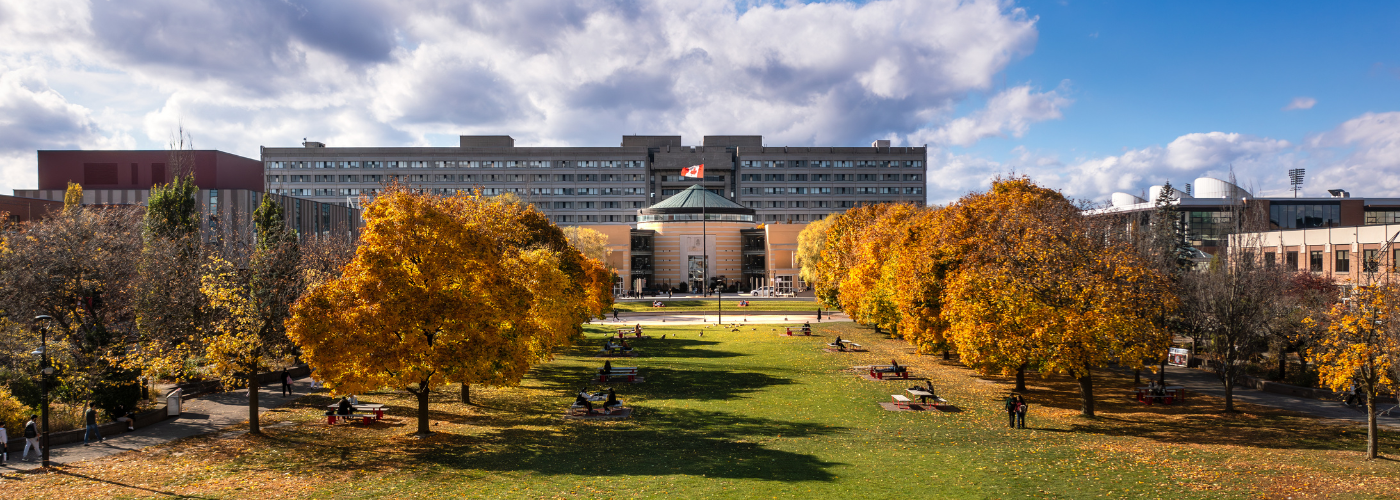A break in contact tracing could lead to a loss of control
TORONTO, April 7, 2021 – A temporary interruption in contact tracing of COVID-19 cases could lead to an irreversible loss of control of the disease even if the pandemic was previously contained, say York University researchers in a new study.
After taking overall growth rate and the prevalence of infection into account, this is especially true in regions where the epidemic was thought to be under control. Additionally, if contact tracing is started again after tracing capacity has been exceeded, it is not possible to make up for lost time.
“Contact tracing can detect asymptomatic and pre-symptomatic people rapidly and efficiently to help prevent further transmission, but to be effective, it needs to happen quickly, widely and without interruption following the initial diagnosis of symptomatic infections,” says Distinguished Research Professor Jianhong Wu, director of the Faculty of Science’s Laboratory for Industrial and Applied Mathematics (LIAM) at York. “While Ontario is in its current lockdown, it’s particularly important that it enhances its contact tracing efforts now to get ahead of the situation before a reopening.”
 Contact tracing is a targeted intervention which focuses resources on the particular population at risk – those who have had contact with infected individuals – unlike mass testing, physical distancing, or mass quarantining. This makes it one of the most cost-effective and widely adopted non-pharmaceutical interventions to limit the spread of infectious diseases like COVID-19 when there are no effective treatments or widely available vaccines.
Contact tracing is a targeted intervention which focuses resources on the particular population at risk – those who have had contact with infected individuals – unlike mass testing, physical distancing, or mass quarantining. This makes it one of the most cost-effective and widely adopted non-pharmaceutical interventions to limit the spread of infectious diseases like COVID-19 when there are no effective treatments or widely available vaccines.
The researchers found that enlarging the tracing window (how many days back contacts are traced) from two up to five days substantially improves the controllability of the epidemic, however, increasing coverage (how many contacts are effectively reached) may impact preventable transmission even more. Along with other social distancing measures, to reduce the average secondary transmission number to below 2.5, tracing only two days backward is not sufficient to control the epidemic if less than 80 per cent of contacts are traced and isolated. A tracing window of five days makes control achievable, but only if the tracing coverage is no less than 50 per cent.
“The effectiveness of contact tracing depends not only on the tracing efforts, but also on the epidemiological properties of the disease. The same contact tracing effort, tracing coverage and length of tracing window, can control an epidemic with low transmissibility, but not an epidemic with high transmissibility, such as with the new COVID-19 variants,” says Francesca Scarabel, a Postdoctoral Fellow of LIAM and the leading author of the study.
Although contact tracing efforts may be sufficient in preventing the epidemic from taking off in some regions, strict physical distancing measures, including partial lockdown, may be eventually unavoidable in regions with higher transmissibility. “At this point, the transmission
rate in some regions, like Toronto and Peel, needs to significantly lessen through physical distancing or vaccination, creating a condition to allow enhanced contact tracing that will have a chance at gaining control,” says Wu.
As for the digital contact tracing COVID-19 app, Wu and Scarabel found that even with an extremely quick diagnosis and tracing, the coverage level required to reach control is likely insufficient, unless significantly more people start using it, and traced individuals are quickly isolated from the transmission chain.
The researchers used an advanced deterministic mathematical model to capture full nonlinear epidemic dynamics in real time. They focused specifically on the suspected secondary cases of an infected individual. The model can help inform public response to emerging epidemics, as different scenarios can be used to see the effects of various non-pharmaceutical interventions.
The research was published today in the journal, Royal Society Open Science.
-30-
York University is a modern, multi-campus, urban university located in Toronto, Ontario. Backed by a diverse group of students, faculty, staff, alumni and partners, we bring a uniquely global perspective to help solve societal challenges, drive positive change and prepare our students for success. York’s fully bilingual Glendon Campus is home to Southern Ontario’s Centre of Excellence for French Language and Bilingual Postsecondary Education. York’s campuses in Costa Rica and India offer students exceptional transnational learning opportunities and innovative programs. Together, we can make things right for our communities, our planet, and our future.
Media Contact:
Sandra McLean, York University Media Relations, 416-272-6317, sandramc@yorku.ca






